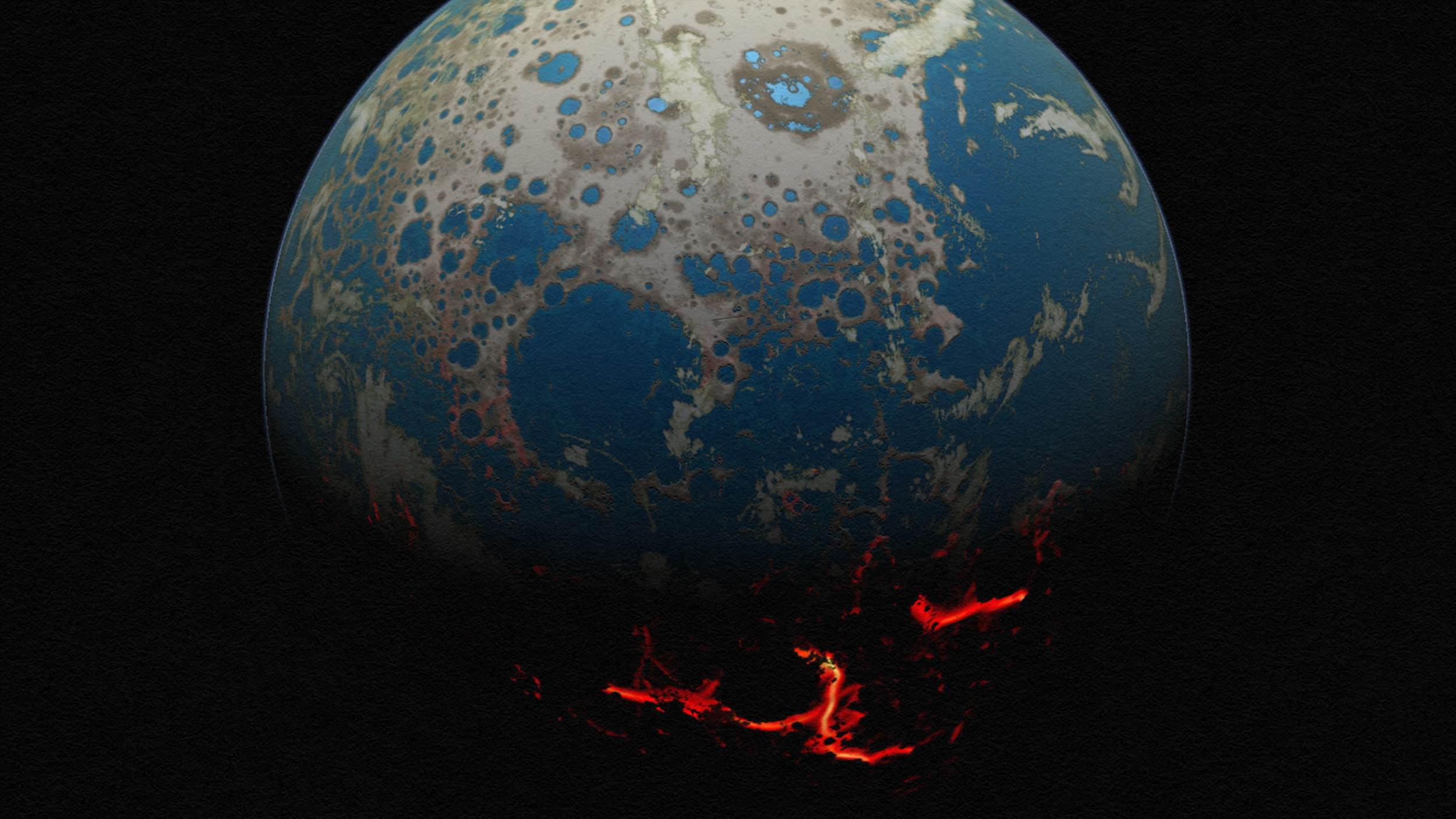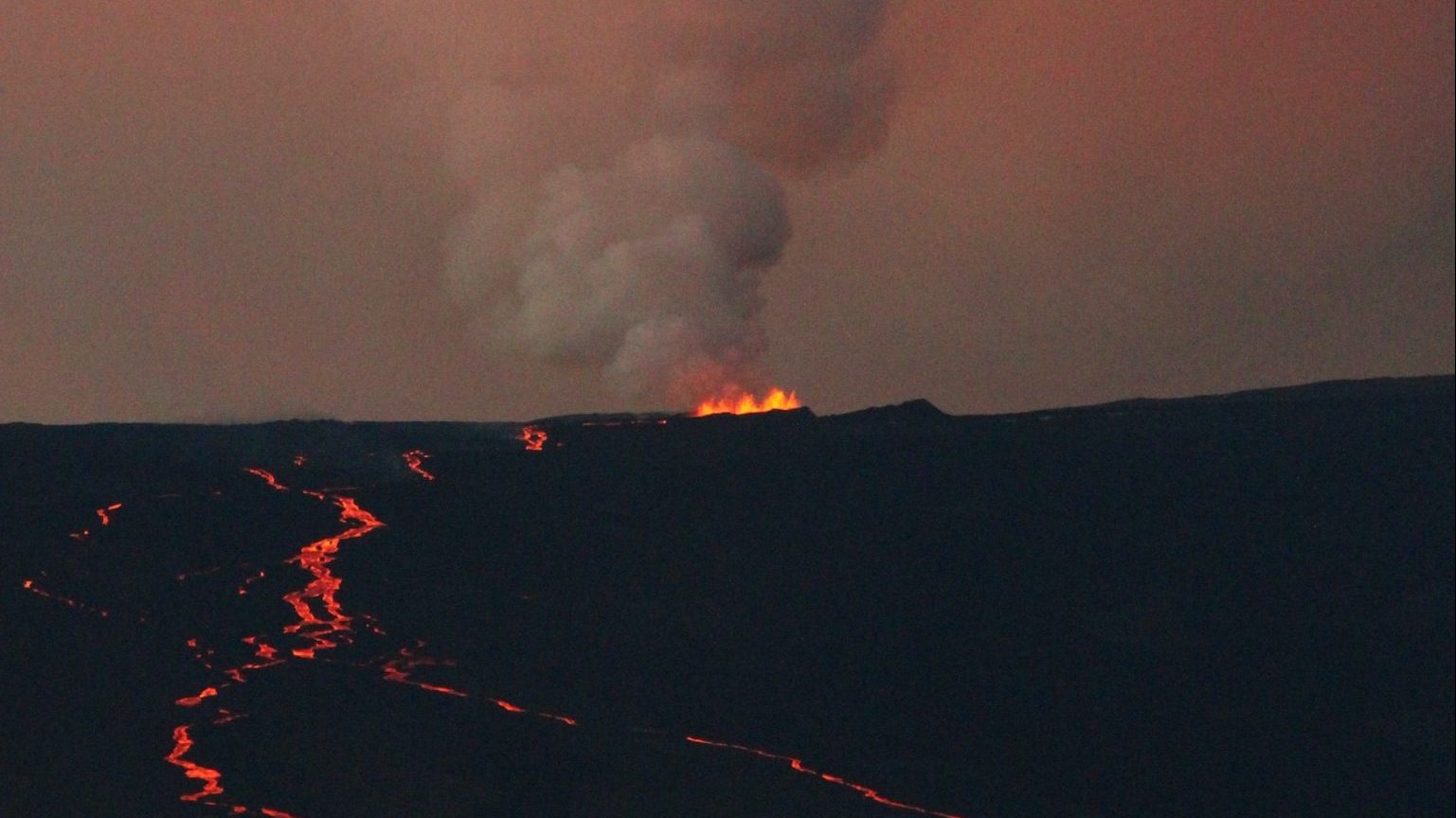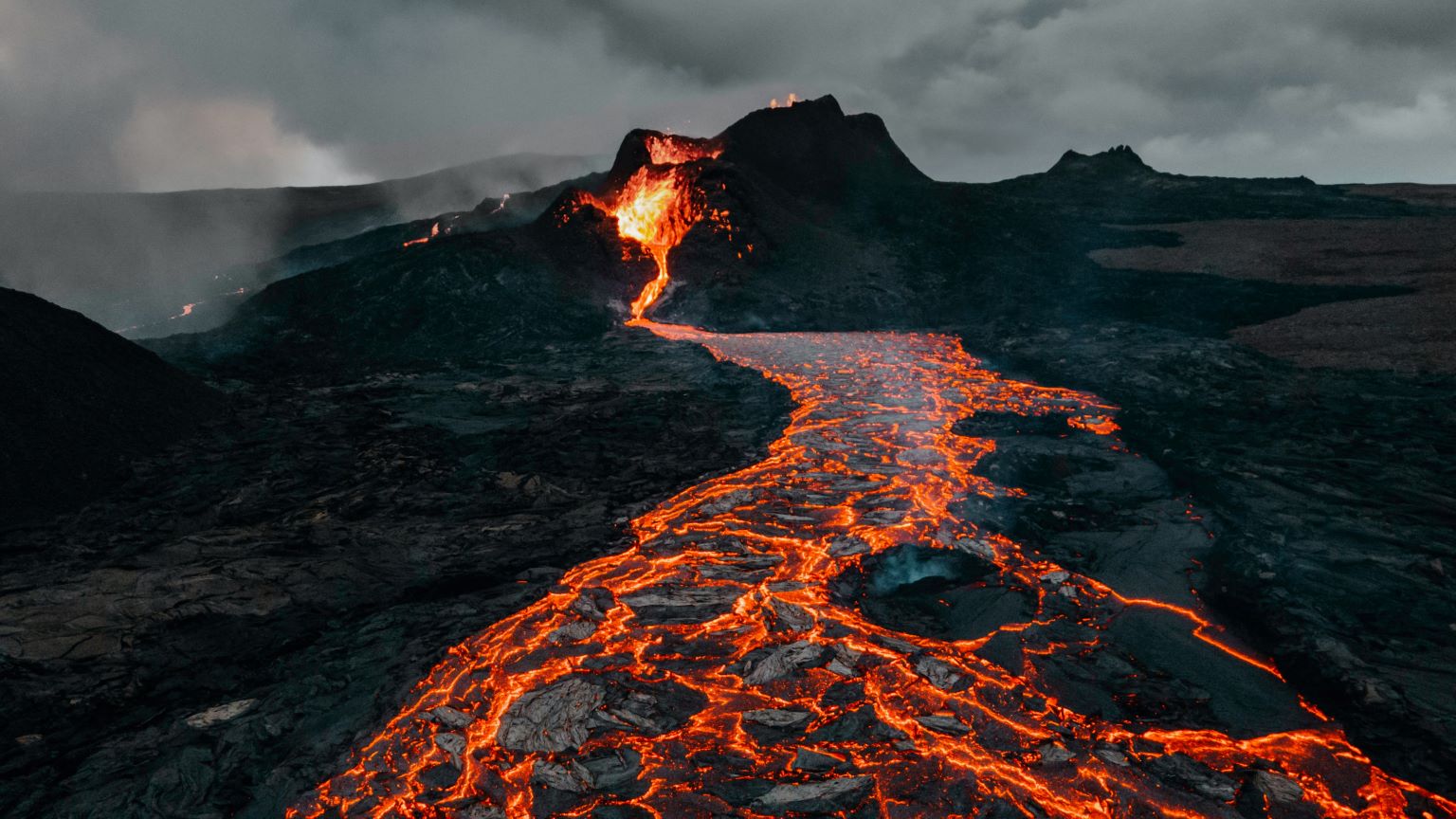Drilling into the planet: Why we want to sample the mantle (and why we already have)

I’ve had multiple discussions with colleagues of mine in the geosciences on why we can’t seem to capture the public’s attention/fascination like our neighbors in the sciences – physics and astronomy (and for me, literal neighbors in the same building). When you think of the prominent, publically-identifiable personalities or projects in the last 50 years, most of them are have to do with space or cosmology (the origin of the universe) – and they get the big bucks to fund things like the Hubble Space Telescope or the Large Hadron Collider. A lot of our conversations seem to center on the idea that geoscientists don’t tend to “think big” when it comes to projects, and many times, we are content to stake out our little piece of the planet or our own isotope or what have you without trying to think what project might be truly captivating to the public. Surely, no one is making a calendar of the best trace element plots of each year, that is for sure. So, how can the geosciences “think big”.
One idea is to do to the Earth was Apollo did to the Moon – that is, to go boldly* where no man (or drillbit) has gone before: the mantle. As much as we talk about the interior structure of the Earth, almost all the evidence of what exactly is down there is purely circumstantial: a coughed up chunk here, a seismic wave there, a change in gravity, maybe if we’re lucky some scraped up mantle junk stuck to the bottom of an oceanic plate. Beyond that, we have barely scratched the surface of the planet, literally. The deepest drillhole ever made on the planet was the Soviet Kola hole (however, the longest reach of any drillhole is the Odoptu OP-11 well), and that reached a whopping ~12 km down in continental crust, whose average thickness is 35-55 km (and as thick as 70 km in some places). To look at it a different way, the Kola hole drilled down ~0.19% of the distance from the surface of the Earth to the middle of the inner core – like taking a pin and sticking it 0.2 mm into your average orange (yes folks, we’re merely zesting the Earth). So, to make a long story short, not far.

We have barely zested the Earth.
Now, if you are in the business of drilling into the Earth, a hardy continental plate isn’t exactly the place to start. I mean, as I said, the crust tends to be thick, at least compared to the other tectonic plate, the oceanic variety. The oceanic plates tend to be thinner, average ~7 km thick (so the combination of their relative thickness and density mean they sit lower than continental plates, allowing for the ocean basins they typically create), so if you want to drill into another layer of the Earth beyond the crust, an oceanic plate is where to start. This is exactly the thinking of a project in the 1950-60s called Project Mohole that sought to drill through an oceanic plate into the mantle, the next layer down.
The beginning of the mantle is usually defined by the Moho – or more formally, the Mohorovičić discontinuity (named after Andrija Mohorovičić, who first postulated its existence), the layer where the composition of the Earth changes from bulk oceanic or continental crustal material (basaltic) to mantle (peridotite or dunite). This change is reflected in a change of the speed of seismic waves traveling through the Earth from roughly 6.7-7.2 km/s above the Moho to 7.6-8.6 km/s below it. Now, the Moho isn’t exactly a perfect boundary, so there is debate about the exact nature of the transition between the crust and the mantle, but it does make a good signpost for entering the realm of mantle material.
The layers of the Earth – the Moho is the boundary between the thin veneer of crust and the mantle.
Back to Project Mohole! Its goal was to drill until we could directly sample the mantle – that is, drill through the oceanic crust, through the Moho and into the uppermost mantle. However, as with many ambitious projects, the ultimate goal was never reached. In fact, after traversing 3.5 km of water to reach the seafloor, Project Mohole only made it down into 182 meters of oceanic crust – a far cry from the ~7 km needed to hit the Moho. A lack of funding ended the project in 1966 before it could reach the second phase of drilling.
However, our goal to put as many holes into the Earth as we can would not be stopped. Beyond the drill holes I mentioned above (Kola and OP-11), the Ocean Drilling Program (and now the Integrated Ocean Drilling Program) as put thousands of holes into the ocean floor to examine the composition of the oceanic crust and sediment. On land, the International Continental Drilling Program does much the same thing into continental crust around the globe. Many of these drillholes surpass the Project Mohole depths – and some have come very close to drilling past the Moho into the mantle (or at least into the lower crust), getting to a depth of 1.4 km in oceanic crust in 2005 where it is particularly thin (but missed the spot where drilling to that depth would have pierced the mantle). The rest of the planet is pockmarked with other holes from the oil industry, from drilling into volcanoes, from drilling into ice sheets – we spend a lot of time and money into coring out little parts of the planet.
So, with this tradition of drilling into the Earth, it isn’t surprising that there is a lot of enthusiasm in geosciences to continuing to try to drill past the Moho into the mantle. This time a group co-lead by Dr. Damon Teagle from University of Southampton will try to drill through 6 km of oceanic crust off of Costa Rica or Hawai`i (see below) to hit that sweet mantle under the Moho. What makes this attempt to drill into the mantle the most promising so far is the Japanese ship Chikyu that can carry 10 km of drill pipe with it. However, even with that we don’t have the technology needed to survive the pressures and temperatures any drillbit might experience at depths of a few kilometers under the oceanic crust (not to mention the few kilometers of ocean as well) – so, even the most optimistic don’t see us finding the mantle until 2018. Until then, we’ll have to be content to continue to bring up lower crustal rocks from previously existing drillholes.

The location of the original proposed Project Moho drillhole and the new proposed site at IODP site 1256D.
In a sense, drilling into the mantle might be the geoscience equivalent of a moonshot … or a great white whale. I have to admit, as interesting as it might seem to drill into the mantle. As Dr. Benoit Ildefonse was quoted as saying about why drilling into the mantle is important, “We need to know the exact chemical composition, and this composition varies from place to place.” To me, that is the real problem with any drilling project like this: we already know the mantle is heterogeneous, so in order to truly understand the nature of the mantle in situ, we would need to drill many, many places on the planet to quantify the differences. As I mentioned above, we do know a lot about the mantle in indirect ways. Ophiolites are slivers of oceanic crust and upper mantle that are slivered onto continents during subduction (a process call obduction). Unfortunately as you might imagine, ophiolites are usually extensively deformed and metamorphosed. Mantle xenoliths (chunks of mantle; see below) are regularly brought up with lavas during eruptions, especially at oceanic hotspots and kimberlites, and these can tell us quite a bit of mantle variation depending on where the eruption occurred. There are also parts of the ocean floor that seem to expose mantle material, such as abyssal peridotites (mantle rocks that extrude from mid-ocean ridge segments) and strange areas where the oceanic crust seems to be “missing” to some extent – all of which expose mantle material.

A mantle xenolith in basaltic scoria from the Mojave Desert. Image by Ron Schott.
This is not to say that we shouldn’t be undertaking a project like drilling into the mantle. However, whenever I read that “retrieving a sample of Earth’s mantle has been an overarching ambition of the geoscience community for more than a century” I honestly have to chuckle a little bit. This is not like the Moon or Mars where pieces of it are few and far between (and controversial in origin) on the surface of the Earth. Maybe I’d too wedded to the surface of the Earth (well, maybe just the crust), but I can understand the enthusiasm for this from people who study drillcores for their research – nothing is more exciting that drilling into something unexpected and new – maybe we’ll find microbes living in the mantle, maybe we’ll find that the upper mantle is very different in composition that we expected. Drilling past the Moho into the mantle would be just that – however, it would be the act of drilling that far that would be the real success (as long as we don’t need a nuke to do it) rather than bringing up pieces of mantle.
* the grammar police preclude me from continuing the unfortunate split infinitive.





